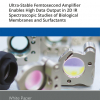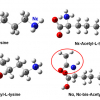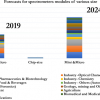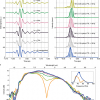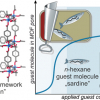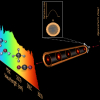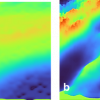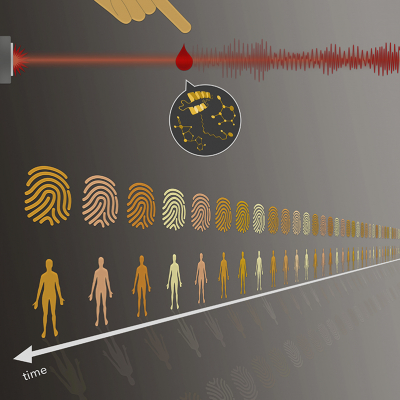
The molecular composition of blood provides information regarding a person’s health and may be compared to an individual fingerprint. In principle, changes in the constituents of blood can serve as early signs of disease. However, before chemical fingerprints can be utilised for diagnostic purposes, the stability of the molecular patterns in healthy persons over time must be firmly established. Researchers under the direction of Dr Mihaela Žigman, Head of the Broadband Infrared Diagnostics (BIRD) group in the Department of Laser Physics led by Professor Ferenc Krausz at LMU Munich and the Max Planck Institute of Quantum Optics (MPQ), in collaboration with Professor Dr Nadia Harbeck at the LMU Medical Centre, have now successfully accomplished this. With the aid of Fourier-transform infrared (FT-IR) spectroscopy, the team has shown that the molecular composition of blood samples obtained from a cohort of healthy donors remains stable over a period of several months, and confirmed that each of the resulting spectra could be clearly assigned to an individual person.
Rapid diagnosis of human diseases is a long-standing problem in medicine. As diseases often alter the molecular make-up of circulating body fluids, obtaining a snapshot of their molecular composition would be invaluable in detecting a multitude of diseased states, and the types and concentrations of the many molecules found in the bloodstream can provide vital information on a person’s health. The real challenge, however, comes when one tries to determine the exact composition of body fluids, given that the concentrations of informative molecules are often extremely low. The interdisciplinary BIRD team has now investigated the stability of the chemical make-up of blood samples over days, weeks and even months.
Based on FT-IR measurements, the researchers analysed the molecular fingerprints of serum and plasma samples obtained from 31 healthy individuals over the clinically relevant period of 6 months. The study demonstrated that the IR molecular fingerprint of each individual donor remained stable over periods ranging from a few days to weeks and months, and each temporal profile could be readily attributed to the participant concerned.
“This newly revealed temporal stability of blood-based infrared fingerprints provides a basis for future applications of minimally invasive infrared spectroscopy as a reliable method for the future of health monitoring”, says Mihaela Žigman, leader of the research group.
Standard FT-IR spectroscopy could soon use infrared lasers as the source and, given the much higher intensity of laser light, this should yield more detailed and informative characterisations of the molecular constituents of blood. Physicists in the attoworld team, led by Professor Ferenc Krausz, are now working on the laser technologies necessary to achieve this. As Professor Krausz and colleagues reported last year, the new method allows minuscule amounts of different classes of molecules to be spectroscopically detected (Nature, doi.org/gg9z63).
“With our lasers, we can already detect electrical signals emitted by excited molecules with very high sensitivity”, Ferenc Krausz explains. “Such precise measurements of alterations in the molecular composition of body fluids, together with knowledge of the stable molecular fingerprint of healthy controls, opens up new analytical opportunities in biology and medicine”, says Marinus Huber, lead author of the study. “Our results reveal that it is possible to obtain informative, blood-based infrared fingerprints efficiently, repeatedly and in a minimally invasive manner. The key, in this case, is that the analysis ought to be sensitive enough and sufficiently broad to cover a wide range of possible molecules (or types of molecules)—to be in position to monitor personal health and detect disorders at an early stage. Practically speaking, following-up a person’s health status regularly might become paramount for timely-detecting relevant deviations. In addition to its uses in the fields of health monitoring and preventive medicine, systems biology shall also benefit from the availability of the approach”, Mihaela Žigman adds.









